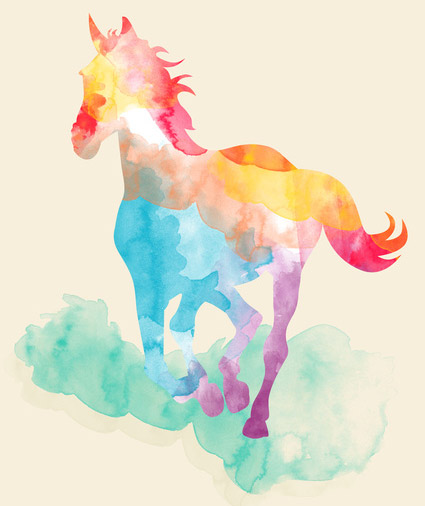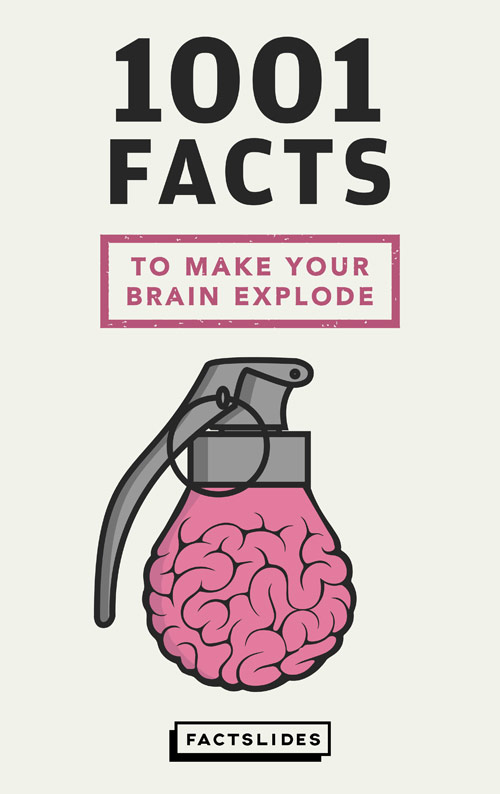
- Horses evolved over the past 50 million years and began being domesticated by humans around 3500 BC.
- The Przewalski's horse was never domesticated, making it the only true "wild horse" still with us today.
- World horse population is estimated at 58 million, according to a 2006 FAOSTAT report.
- Their average lifespan is between 25 and 30 years.
- "Old Billy" lived to be 62 years old, the oldest verifiable horse. He lived back in the 19th-century.
- Horses can weigh from 840 lb (380 kg) to 2,200 lb (1,000 kg); while their height can usually go from 56 inches (142 cm) to 72 inches (183 cm).
- The largest horse ever recorded was 86.25 inches (219 cm) tall and up to 3,360 lb (1,524 kg) in weight.
- Female horses are called "mares" and carry their young, called a foal, for about 11 months.
- Horse breeds are usually categorized based on their temperament: spirited "hot bloods" (speed & endurance); "cold bloods" (good for slow and heavy work); and "warmbloods", developed from crosses between hot and cold bloods.
- Ponies are --taxonomically-- the same animals as horses. They developed small stature because they lived on marginally livable horse habitat.
- The horse genome was sequenced in 2007 with 2.7 billion DNA base pairs.
- The horse skeleton has an average of 205 bones.
- Horses are herbivores and have a small stomach compared to humans. An average horse would eat around 24 lb (11 kg) of food and drink 10 US gal (37.8 l) of water.
- They have largest eyes of any land mammal and have a range of vision of over 350°.
- Horses are not color blind; they have dichromatic (two-color) vision.
- Horses have a great sense of taste and contact, sensing something as subtle as an insect on any part of their body.
- They can move at a speed of 4.0 mph (6.4 km/h) to 30 mph (48 km/h), with the world record being 43.97 mph (70.76 km/h).
- Domestic horses sleep around 2.9 hours per day, usually in short intervals of about 15 minutes.
The smallest horse in the world is just 17 inches (43 cm) tall and weighs 57 lb (26 kg).
♦ SOURCE
♺ SHARE
Horses can sleep standing.
♦ SOURCE
♺ SHARE
Over 8 million horses died in WW1. Of those who survived, most were sent to Belgian butchers, being regarded as unfit for any other purpose.
♦ SOURCE
♺ SHARE
Horses cannot throw up.
♦ SOURCE
♺ SHARE
Animals, including pigs, horses, and even insects, could be tried and convicted of crimes for several centuries across many parts of Europe.
♦ SOURCE
♺ SHARE
Traffic in central London moves at the same speed as horse-drawn carriages a century ago.
♦ SOURCE
♺ SHARE
In 1923, a jockey suffered a fatal heart attack but his horse finished and won the race, making him the first and only jockey to win a race after death.
♦ SOURCE
♺ SHARE
In the early years of the 20th century, horses were causing so much pollution with their poop that cars were seen as the "green" alternative.
♦ SOURCE
♺ SHARE
A horse's hoof is technically a single toe, so horses run on their toes.
♦ SOURCE
♺ SHARE
Darwin suggested the appendix may have been used for digesting leaves. This theory is supported by koala and horse appendixes which do just that.
♦ SOURCE
♺ SHARE
The horses in Olympic equestrian events have their own passports and fly business class.
♦ SOURCE
♺ SHARE
Horses can be trained to use symbols in order to tell humans what they want, a study found.
♦ SOURCE
♺ SHARE
Horses killed more people in Australia from 2000 to 2013 than all venomous animals combined.
♦ SOURCE
♺ SHARE
Avocados are toxic
to horses.
♦ SOURCE
♺ SHARE
There's a monument to honour the almost 1 million Allied horses who died during WW1.
♦ SOURCE
♺ SHARE



















